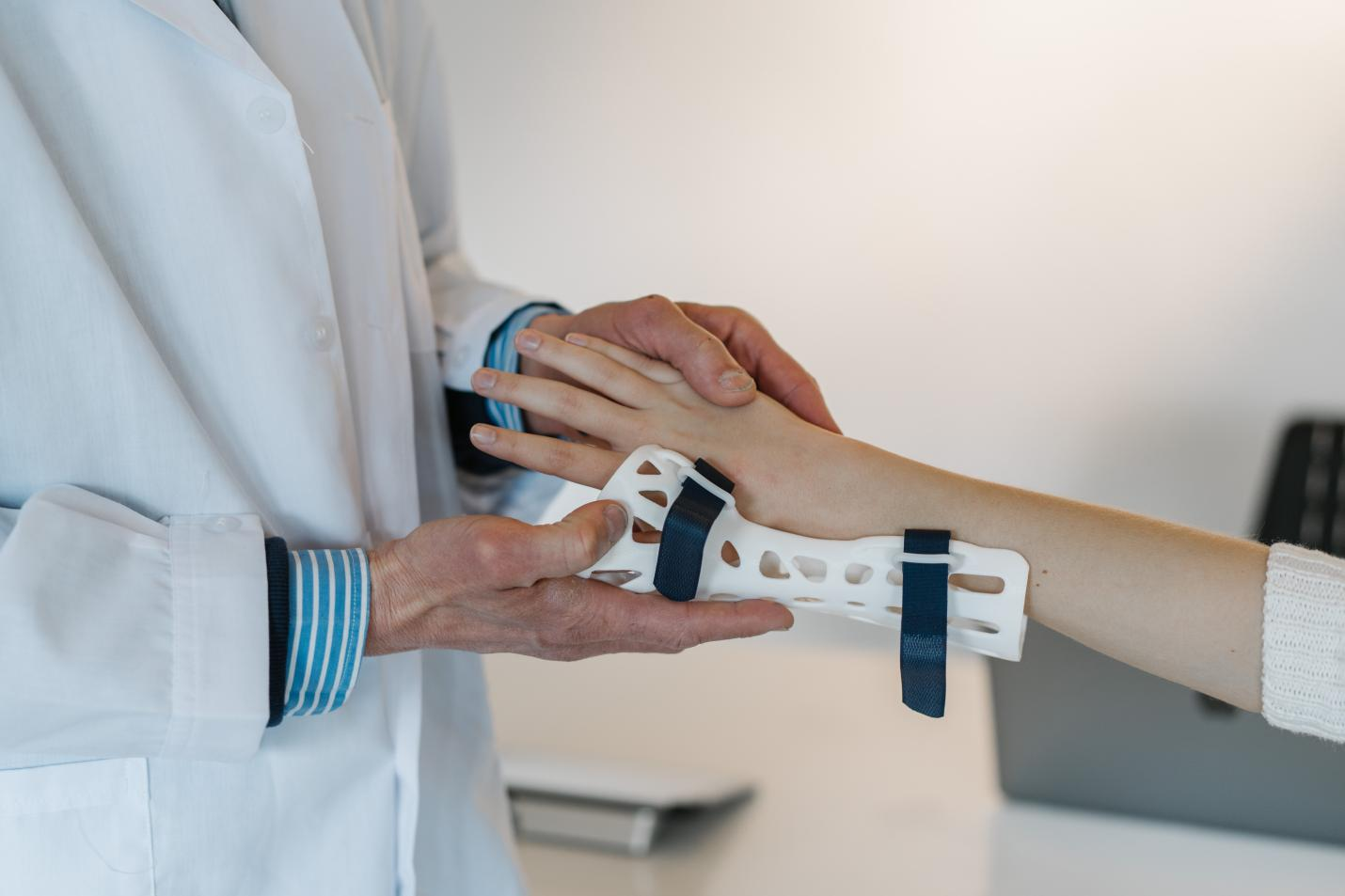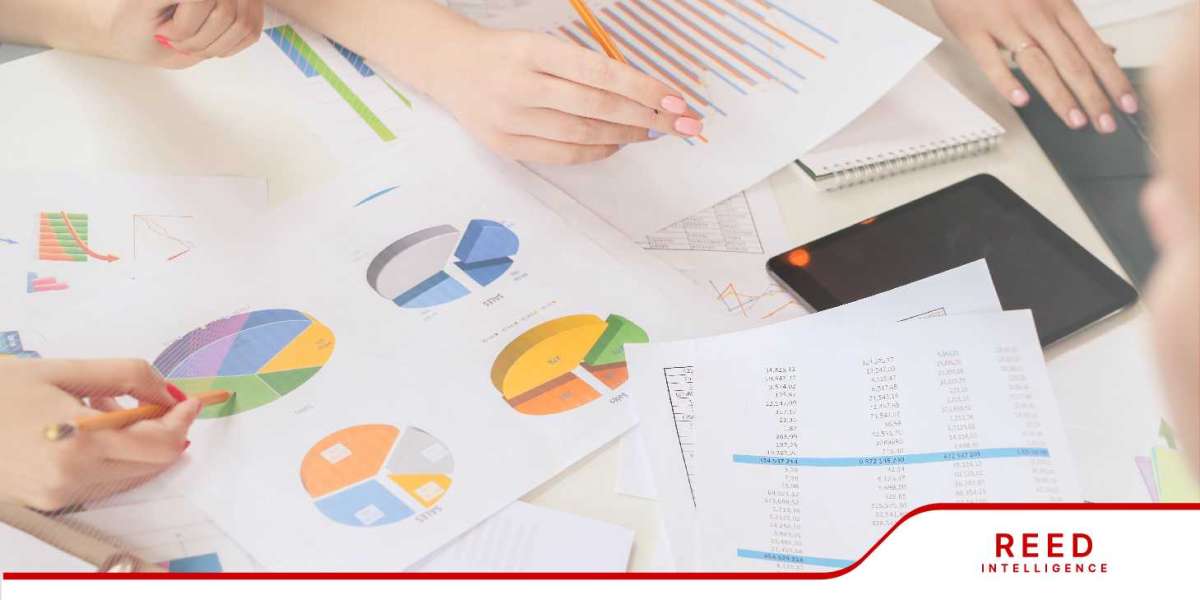As 3D printing technology continues to evolve, many individuals and businesses are considering investing in this innovative manufacturing process. However, understanding the 3D printing costs associated with purchasing and operating a 3D printer is crucial for making an informed decision. This article will break down the various components that contribute to the overall costs of 3D printing.

Initial Purchase Costs of 3D Printers
The first aspect to consider when evaluating 3D printing costs is the initial purchase price of the printer itself. 3D printers can range significantly in price, depending on their capabilities and features. Here are some key points to consider:
- Entry-Level Printers: These typically range from $200 to $1,000 and are suitable for hobbyists and beginners.
- Mid-Range Printers: Prices for these printers usually fall between $1,000 and $5,000, offering better quality and larger build volumes.
- Industrial Printers: For professional applications, costs can exceed $10,000, with some high-end models reaching hundreds of thousands of dollars.
When considering the initial investment, it is essential to evaluate your specific needs and the intended use of the printer. What features are most important to you? Will you be using the printer for prototyping, production, or personal projects?
Material Costs in 3D Printing
Another significant component of 3D printing costs is the materials used for printing. The type of filament or resin you choose will greatly influence your overall expenses. Common materials include:
- PLA (Polylactic Acid): A popular choice for beginners, costing around $20 to $50 per kilogram.
- ABS (Acrylonitrile Butadiene Styrene): Known for its strength and durability, typically priced between $20 and $60 per kilogram.
- Specialty Filaments: Materials like nylon, PETG, and TPU can range from $30 to over $100 per kilogram, depending on their properties.
Understanding the material costs is vital. How often do you plan to print, and what types of projects will you undertake? These questions will help you estimate your ongoing expenses.
Maintenance and Operational Costs
Beyond the initial investment and material costs, ongoing maintenance is another critical factor in 3D printing costs. Regular maintenance ensures optimal performance and longevity of your printer. Consider the following:
- Replacement Parts: Over time, components such as nozzles and belts may need replacement, which can add to your costs.
- Software Licenses: Some advanced 3D printing software may require a subscription or one-time purchase fee.
- Electricity Costs: Operating a 3D printer consumes electricity, which should be factored into your budget.
Conclusion: Evaluating Your 3D Printing Costs
In conclusion, understanding the 3D printing costs involves evaluating the initial purchase price, material expenses, and ongoing maintenance. By carefully considering these factors, you can make a more informed decision about whether investing in a 3D printer aligns with your goals. Are you ready to explore the world of 3D printing?






